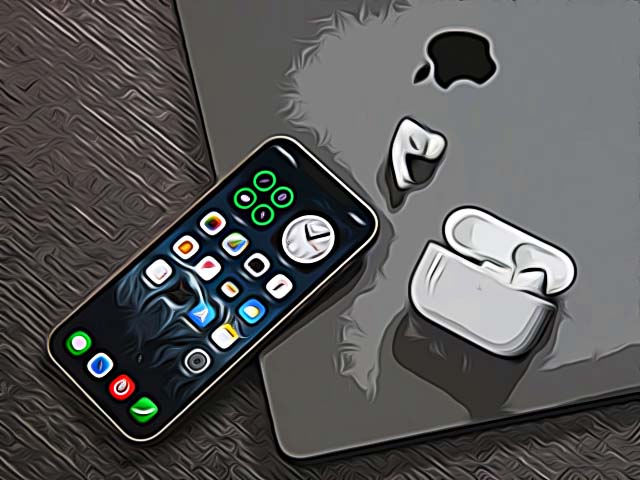How to Fix: Unable to Load Video - iPhone
Even though Apple’s products are highly functional all the time, errors, bugs and glitches happen often, and they seem really annoying, especially since Apple users are used to their gadgets working smoothly.
Lately, a large number of users have reported experiencing issues when trying to play videos on their iPhones and iPads, and nearly all of them reported having this issue after upgrading their systems to iOS 15.
The error that seems to be popping up too many times lately, shows up when users launch the ‘Photos’ app, and play a video. Regardless if the videos are below 2 minutes, edited or not edited, the same error keeps showing up - ‘Unable to load video, an error occurred while loading a higher quality version of this video’.
Hence, since one too many Apple users seem to be having this problem, the issue must be in Apple’s services. Luckily, however, there are things you can do in order to prevent your gadget from showing you this error.
If you’re constantly annoyed by the ‘Unable to load’ error - you’re in the right place. Keep reading below, and find out how to finally get rid of this issue.
Bonus: How to Time-Lapse a Video on iPhone 2022
As we mentioned, according to most reports that mention this issue, what initiated the bug was most likely the iOS 15 update. The error occurs when your phone is unable to load a higher-quality version of the videos you have taken or saved. Unfortunately, the reason why you’re receiving this issue is due to a lack of storage space on your device.
However, there are workarounds and things you can do.
Check your storage
Lack of storage space is what has been causing this issue for most Apple users who reported this problem. Therefore, make sure to double-check your iPhones’ or iPad’s storage, since your phone or iPad needs at least 2GB of free space in order to function properly.
To check your storage status, follow these steps:
- On your iPhone/iPad, open the ‘Settings’ app.
- From ‘Settings’, open ‘General’, and click on ‘iPhone/iPad storage’.
Note: If you’re running low on storage space, make sure to clean up some space by either deleting cache memory, deleting apps you don’t need, or uploading your photos/videos to iCloud Photos.
2. Restart your iPhone/iPad
Even though this option sounds plain and simple, it works. This will help your phone get a clean slate, and relaunch all apps that have been installed. Turn your phone off, wait a couple of minutes, and turn it back on again.
iOS updates or app updates
Running on an older version, both your iPhone/iPad or the Photos App, might be causing glitches and issues such as this one. Therefore, double-check on the App Store if your app is up to date, as well as software updates and the iOS version. If you haven't updated any of them, update both.
Checking the network connection
Even though the files on the Photos App are stored locally, the app still draws information from Apple’s servers. Therefore, an unstable internet connection might be causing this problem. If you’re using Wi-Fi at the moment, try switching to Cellular Data or vice versa.
If you’re experiencing network connection issues, you should try turning Airplane Mode on, waiting about 30 seconds, and turning it off.
Additionally, if you’re using your Cellular Data, make sure you have enabled your photos to load when using cellular data; otherwise, this error will keep popping up.
Downloading the video from iCloud’s services
Another trick you can try, in case you don’t manage to get rid of the error, is downloading the video from iCloud. However, bear in mind that in order to be able to find the video, you’ll need to have iCloud activated beforehand.
Log into iCloud’s services from your laptop, find the video you need, and email it to yourself.
Contact Apple’s Support Team
In case you were unsuccessful while trying to fix this issue, your last resort should be contacting Apple’s support team. Make sure to include details when explaining your problems, in order to lower the number of emails between you and them.

